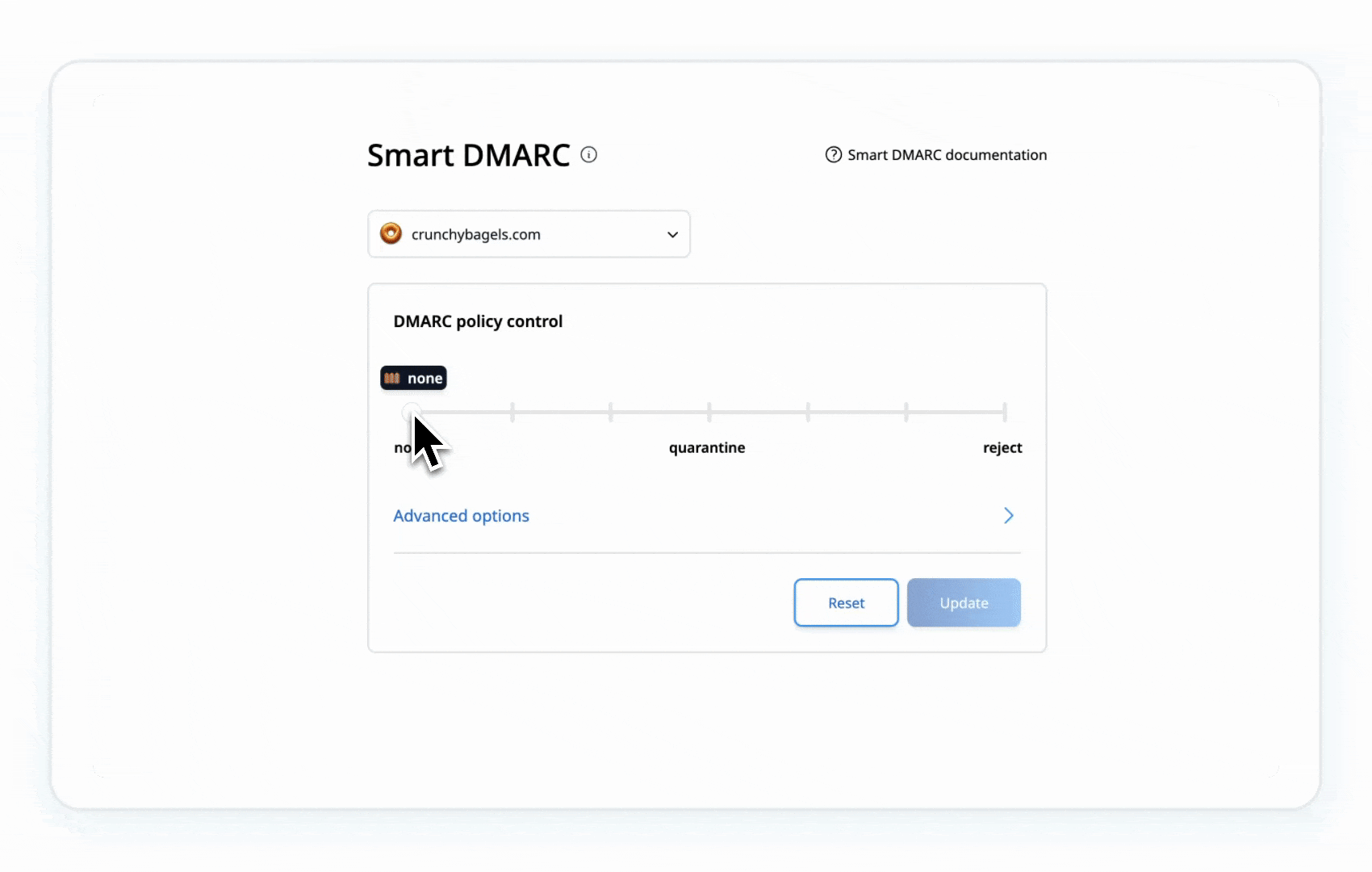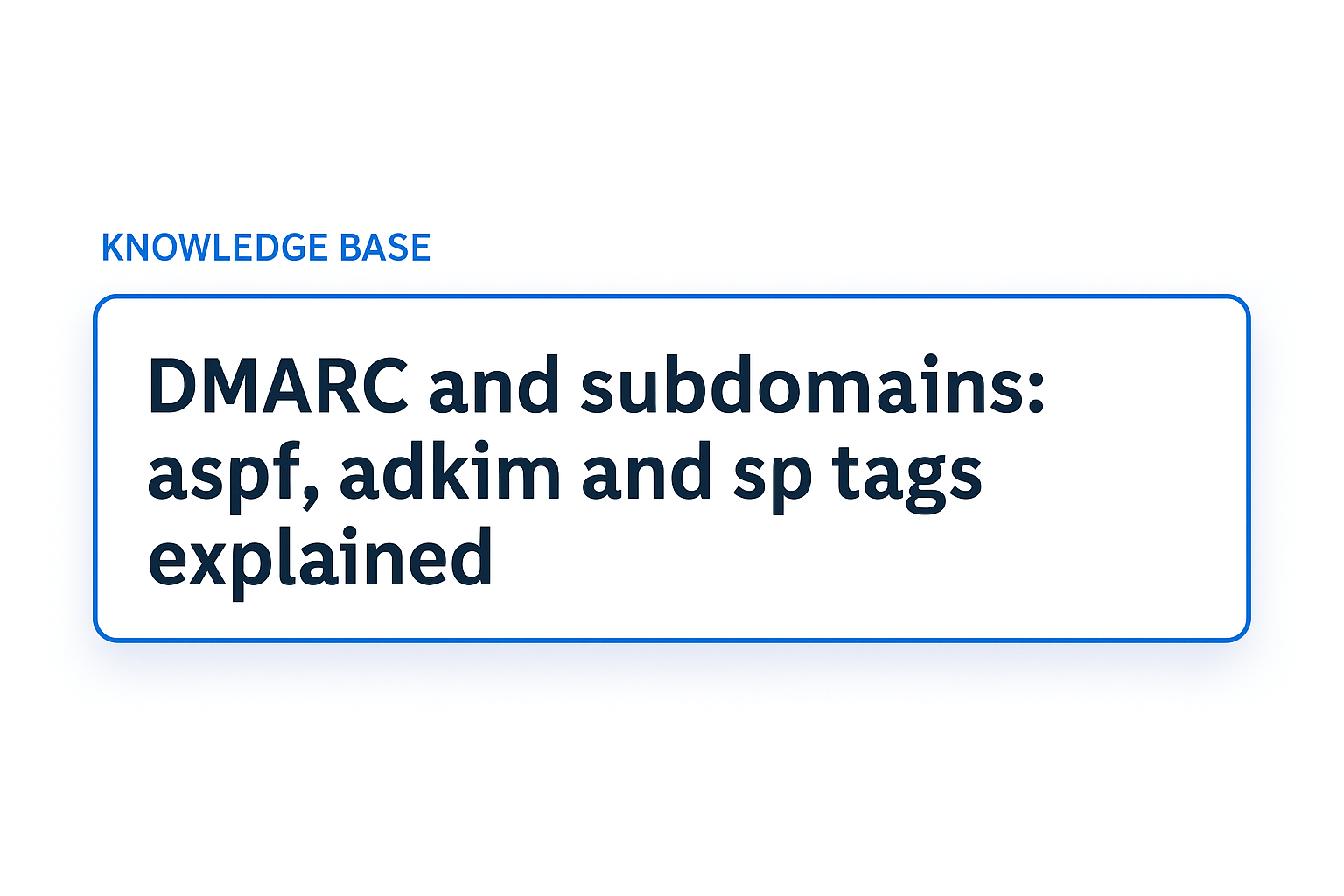.png)
Introduction to Email Security Threats
Email remains a prime target for cybercriminals, with 2025 set to see even more sophisticated attacks. Phishing, spoofing, and AI-driven scams are surging, costing businesses millions and hurting their credibility. The stats below show why this matters. Without a proper DMARC setup, your emails could be hijacked, landing in spam or worse, used to scam your own customers.
Below is a table summarizing key statistics in cybersecurity from 2024 that highlight the urgency for better security measures:
How the Industry’s Tackling The Problem
In 2024, Google and Yahoo led the charge against phishing and spoofing, rolling out strict SPF, DKIM, and DMARC requirements to protect inboxes. Now, Microsoft Outlook is following up with new requirements that will start in May 2025, mandating these protocols for high-volume senders (over 5,000 emails daily). Non-compliant companies face hitting the spam folders more often or not getting their emails delivered at all. The message from these industry giants is clear: robust authentication is now mandatory to keep your emails secure and delivered in 2025.
Palisade: Your Partner for Compliance and Security
At Palisade, we make email security simple and effective. Our AI-assisted workflow helps company get compliant with all the Google, Yahoo, Microsoft’s new requirements, while increasing security & deliverability. Whether you’re starting from scratch or streamlining an existing setup, we handle the tech so you don’t have to.

Don’t let May 2025 sneak up. Get compliant now to protect your emails and keep them delivered. Try our AI-assisted workflow to nail Microsoft’s new requirements with ease.
In a world where every email matters, compliance isn’t just a must; it’s your edge.
Frequently Asked Questions (FAQ)
- What are the biggest email security threats in 2025?
- Phishing, spoofing, and AI-driven scams are surging, with 94% of businesses hit in 2024 and $84 million in losses. These threats flood inboxes with spam (90% of emails) and erode trust, making strong, layered cybersecurity critical for protecting your company.
- Why are Google, Yahoo, and Microsoft enforcing new requirements since 2024?
- Google and Yahoo set strict SPF, DKIM, and DMARC standards in 2024 to fight phishing and spoofing. Microsoft’s 2025 rules follow suit, ensuring only verified emails reach inboxes, boosting security industry-wide.
- Who needs to follow Microsoft’s 2025 rules?
- High-volume senders (over 5,000 daily emails to Outlook users) must comply, but all businesses benefit from adopting these standards to protect against scams and improve deliverability.
- What happens without DMARC compliance?
- Emails could hit spam folders or be blocked, damaging your sender reputation and reducing deliverability, especially with Microsoft’s May 2025 enforcement.
- What are SPF, DKIM, and DMARC?
- SPF: Lists authorized email servers for your domain.
- DKIM: Adds a digital signature to prove email authenticity.
- DMARC: Sets rules (none, quarantine, reject) for emails failing SPF/DKIM, protecting against spoofing.
- What other best practices improve email security?
- Use valid “From” addresses, include clear unsubscribe links, clean invalid email lists, and ensure recipients consent to your messages to reduce spam complaints and enhance trust.
- Why clean email lists?
- Removing inactive or invalid addresses cuts bounces, lowers spam flags, saves costs, and keeps your emails landing in inboxes.
- What’s the best practice for unsubscribe links?
- A visible, one-click link in bulk or marketing emails that lets recipients opt out easily, meeting industry standards and user expectations.
- Do small senders need to comply?
- While only high-volume senders face Microsoft’s mandate, all businesses should adopt SPF, DKIM, and DMARC to stay secure and align with industry trends.
.png)






.png)

